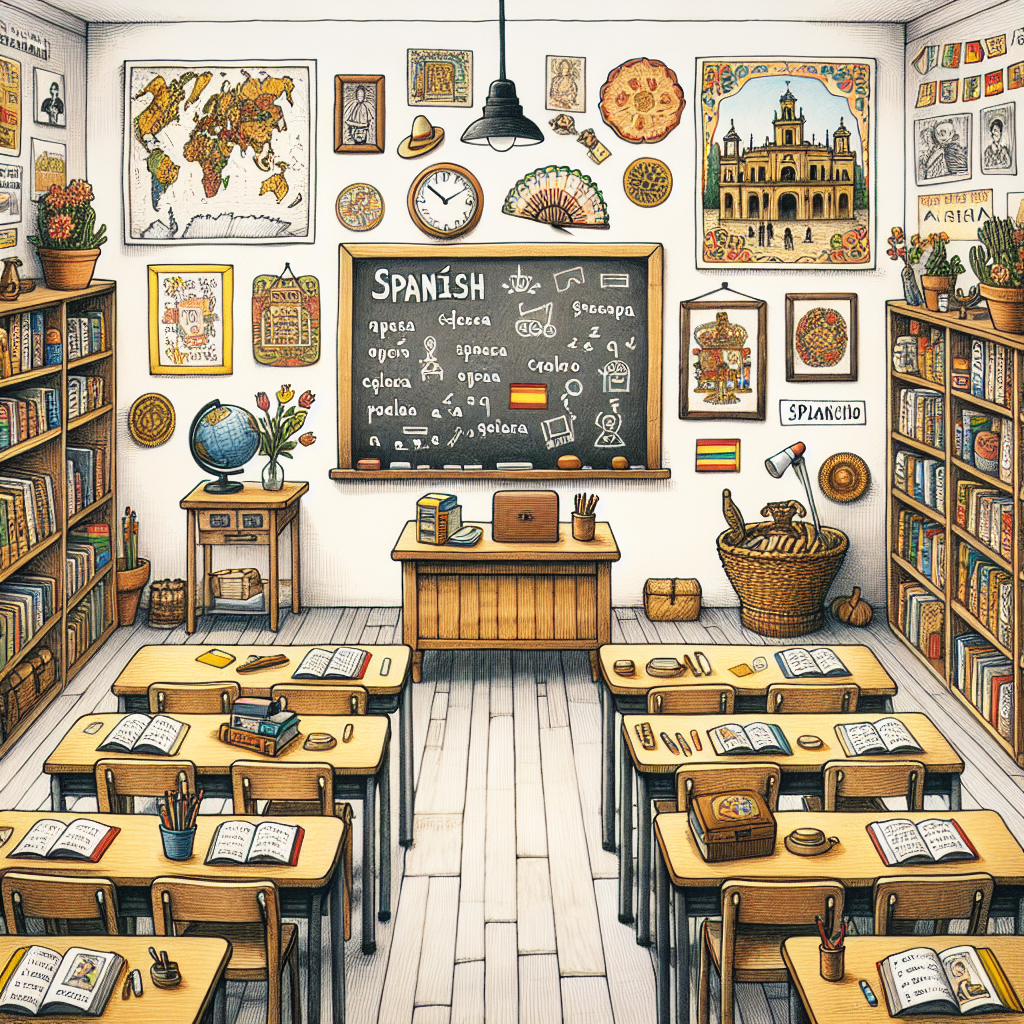Exploring the Names of Common Objects in Spanish
Introduction
Learning a new language is an exciting and fulfilling endeavor. One of the most practical steps in this journey is to familiarize oneself with the vocabulary of everyday objects. Spanish, being one of the most widely spoken languages across the globe, offers an extensive collection of terms that can be fun and enriching to learn. In this article, we delve into the names of several common objects in Spanish, based on a charming and educational YouTube video here.
The Fun of Learning Spanish Vocabulary
Learning Spanish doesn't have to be a mundane task filled with rote memorization. The process can be thoroughly enjoyable, especially when approached with a bit of creativity and zest. One engaging way to learn is through the identification and naming of everyday objects in Spanish. This method not only expands your vocabulary but also helps in better retention and understanding of the language.
La Mañana: A Fresh Start with Spanish
The journey begins with an object that represents the very essence of a fresh start: "la mañana," or "the morning." Though the video does not detail this word specifically, the context suggests the importance of learning terms that set the tone for a day. Recognizing such words adds a touch of familiarity and relatability to your learning process.
Hand in Hand: Practicing with Your Friend
Learning a language is often more enjoyable with a partner. The video showcases how collaboration enhances the experience of discovering new words. For instance, when the narrator's friend joins in to learn Spanish, it becomes a playful and engaging activity. Such interactions encourage practice and communication, critical components of language learning.
Identifying Objects: 'Manzana' and 'Ando'
The video takes an interesting turn when the narrator identifies everyday objects like 'manzana' (apple) and 'ando' (walking). Familiarizing yourself with these basic terms can significantly boost your confidence in using Spanish in daily conversations. The word 'manzana' is straightforward, but 'ando' offers a glimpse into the conjugation of verbs, which is crucial for mastering the language.
Personalizing Your Vocabulary: 'Pluma' and 'Pelota'
The next objects introduced are 'pluma' (pen) and 'pelota' (ball). These words might seem simple, but they are integral to one’s vocabulary, especially in educational and recreational contexts. Knowing such terms allows you to describe your environment more precisely and aids in better communication with Spanish speakers.
The Adorable 'Peluches'
One of the most endearing moments in the video is when the narrator points out a 'peluche' (stuffed animal). This term not only broadens your vocabulary but also adds a touch of warmth and familiarity to your learning journey. Learning words with emotional connections, like 'peluche,' can make the process more relatable and enjoyable.
The Importance of Context
Understanding the context in which words are used is vital for effective language learning. The video exemplifies this by showing objects in their natural settings, making it easier to grasp their meanings and uses. This method underscores the importance of contextual learning, which enhances vocabulary retention and practical application.
Interactive Learning: A Fun Approach
Engaging with multimedia resources like educational videos can make learning more dynamic and interactive. Videos offer visual and auditory stimuli, which are beneficial for memory and understanding. Such resources often incorporate humor and real-life scenarios, making the learning process less tedious and more enjoyable.
Conclusion
Learning Spanish, or any new language, can be a delightful and enriching experience when approached with enthusiasm and creativity. By starting with the names of everyday objects and using engaging resources like the video discussed, you can make significant strides in your language learning journey. Remember to practice regularly, use the language in context, and most importantly, have fun along the way.
For further information on learning Spanish vocabulary, you can visit these helpful websites:
Embark on your Spanish learning journey today, and enjoy the process of discovering new words and phrases that will open up a whole new world of communication and understanding.
Related News
- Mastering Conversational Portuguese: A Closer Look at Language Exchange Sessions
- Unlocking the True Catalysts of Learning: Beyond the Classroom Walls
- The Art of Seamless Translation: A Deep Dive into AI-Powered Language Bridging
- The Serendipitous Birth of a Math YouTube Channel: A Deep Dive
- Unleashing the Power of Language: The Evolutionary Edge in the AI Renaissance
